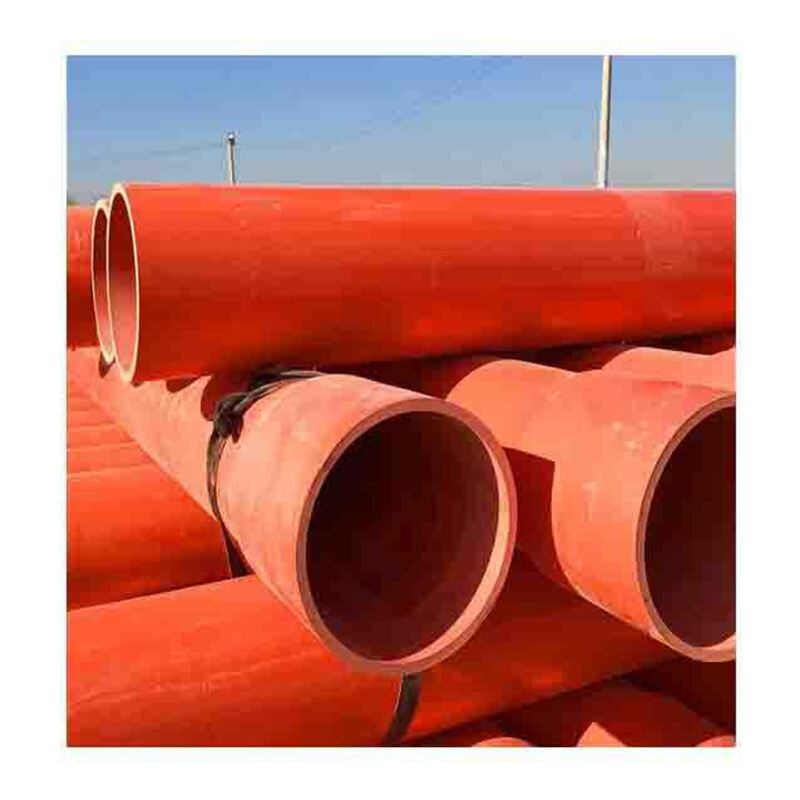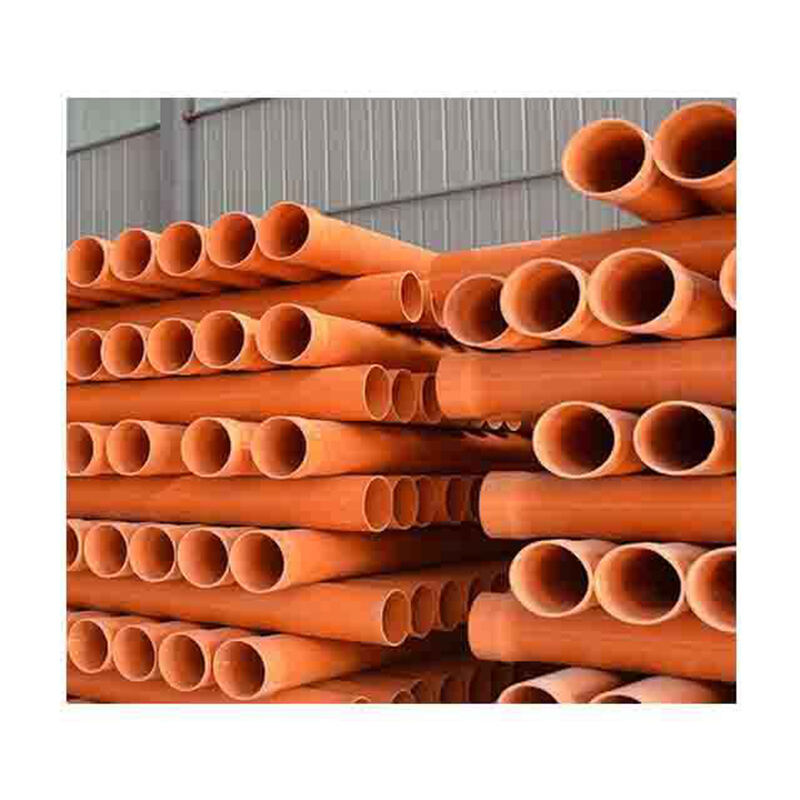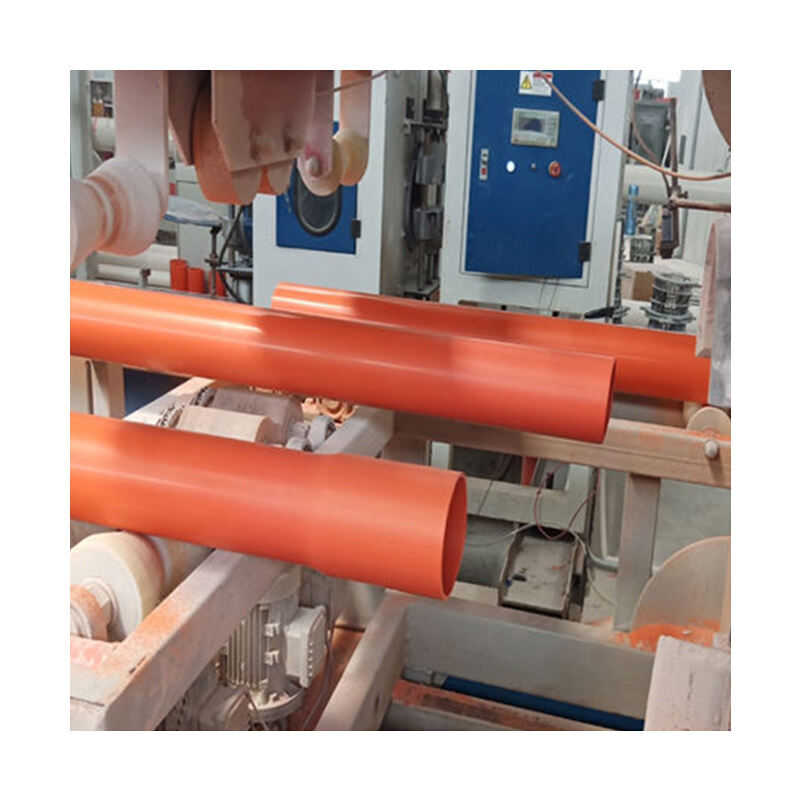high density polyethylene pipe
High Density Polyethylene (HDPE) pipe represents a revolutionary advancement in modern plumbing and infrastructure systems. This versatile piping solution is manufactured through a sophisticated extrusion process, creating a robust and flexible material that can withstand significant pressure and environmental stresses. The pipe's molecular structure features long chains of polyethylene molecules, resulting in exceptional durability and resistance to chemical corrosion. HDPE pipes are available in various diameters and pressure ratings, making them suitable for numerous applications including water distribution, gas transportation, and industrial processes. The material's smooth interior surface promotes optimal flow efficiency while minimizing pressure loss and preventing buildup of deposits. These pipes are particularly notable for their fusion joining capability, where sections can be heat-welded together to create a seamless, leak-proof system. The material's flexibility allows for installation in challenging terrain and its lightweight nature significantly reduces transportation and installation costs. HDPE pipes have an impressive service life of up to 50-100 years, depending on operating conditions, making them a cost-effective long-term investment for infrastructure projects.












![High Density Polyethylene Pipe Benefits & Applications [2024]](https://shopcdnpro.grainajz.com/category/52461/1943/86005127c6ae7dbf3a7c713302824956/whatsapp.png)
![High Density Polyethylene Pipe Benefits & Applications [2024]](https://shopcdnpro.grainajz.com/category/52461/1943/6a8c11c1dbf52c8177ac5b4b5f8787a3/facebook.png)
![High Density Polyethylene Pipe Benefits & Applications [2024]](https://shopcdnpro.grainajz.com/category/52461/1943/40cedbfb31878e96de37a42faea99539/linkedin.png)
![High Density Polyethylene Pipe Benefits & Applications [2024]](https://shopcdnpro.grainajz.com/category/52461/1943/ce19872be0d826c5bc8aeec51bb94770/youtube.png)